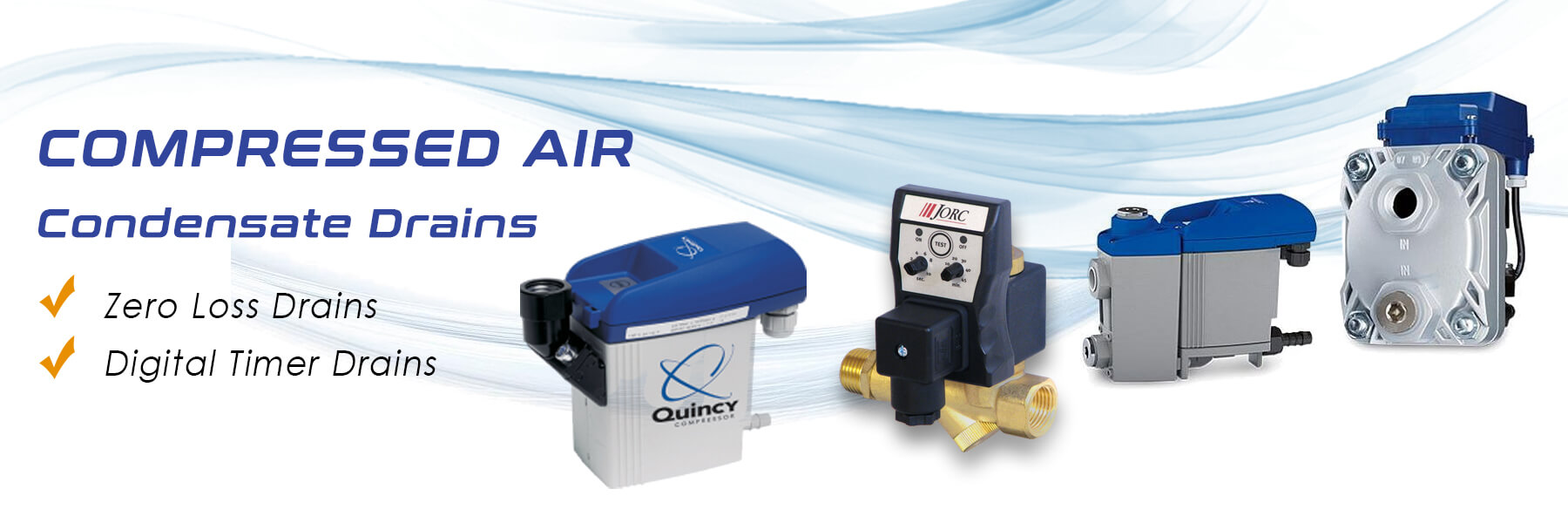
Air Compressor Drains
At C.H. Reed, we're proud to be a leading supplier of compressed air equipment from many of the most respected manufacturers in the industry. We have extensive knowledge of all the parts and components that comprise compressed air systems. We also recognize the importance of drainage to ensure the reliable performance of an air compressor and prevent unexpected mechanical breakdowns.
The Importance of an Air Compressor Drain
Contaminants can enter your compressed air system through the airstream or the intake. A compressed air drain ejects condensate, lubricant, rust, pipe scale and other materials to enable the filters and separators to remove them. Without a working drain, issues such as freeze-up during the winter and the premature wear of system components can ultimately lead to air compressor failure.
The Various Types of Air Compressor Drains
At C.H. Reed, you can find air compressor drains that fall into three basic categories:
- Open tube: This drainage system consists of a ball valve that the operator places in the open position and a drop leg that's left on the plant floor. The issue with this drain type is that it can result in up to a 20 cfm loss of compressed air.
- Timer-operated: The most popular version, a timer-operated air compressor drain enables the user to control the time intervals between drainage events. It features a push-button timer that makes it easy to test the unit to ensure it's working correctly and initiates the cleaning of the inlet strainer. These drains are inexpensive, simple to install and reliable.
- No drain: You don't necessarily need to install a compressor drain, and you might be able to get by without one if your compressor only accumulates dry contaminants that the filter can remove. However, if any amount of liquid collects in the compressor, which is nearly always the case, you'll need to remove it manually to prevent damage from condensate.
How to Drain an Air Compressor
If you choose to drain your air compressors manually, you should perform the task once a day or at the end of every shift. The process of draining water from the bottom of the compressor tank is essentially the same for units of all types and sizes:
- Turn the compressor off by unplugging it or moving the switch to the "off" position
- Lower the pressure inside the tank to under 10 psi
- Locate and open the drain valve on the underside of the tank and allow the moisture to drain out of it
- Close the valve when no more water comes out of the tank
Purchase Compressed Air Drains Today
To learn more about our selection of Quincy, Beko and Jorc air compressor drains and get pricing information, contact us today. Besides selling high-quality compressed air equipment, C.H. Reed can also provide comprehensive air compressor drain service. With convenient locations in Hanover, PA, Erie, PA, Milton, PA, Monroeville, PA and Strongsville, OH, we can perform repair and maintenance work for companies in PA, OH, MD, DE, WV and VA.
Contact our team of experts today!
"*" indicates required fields